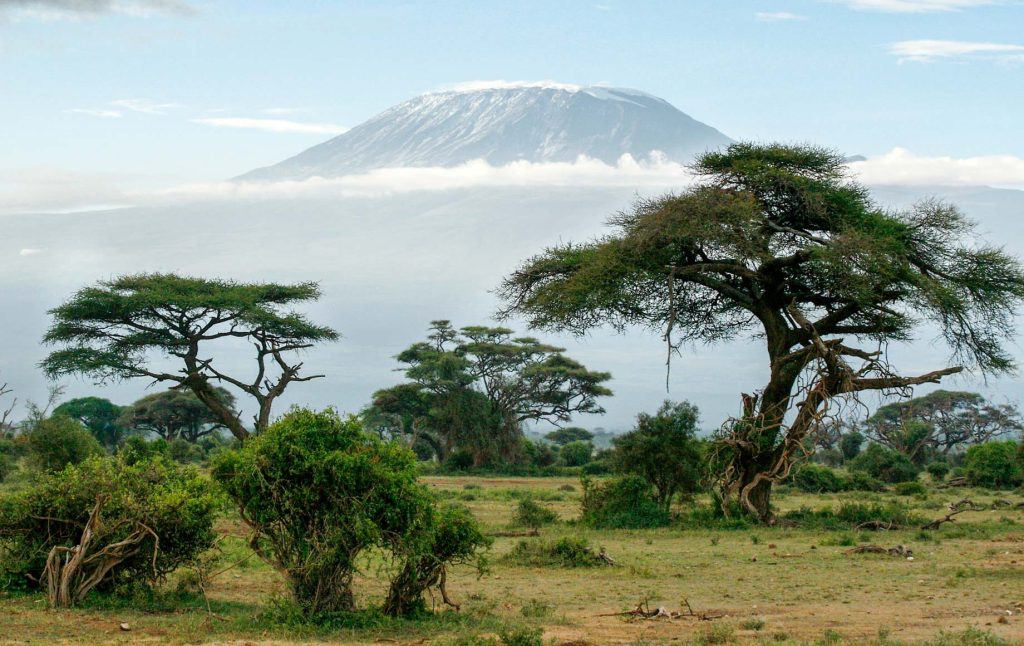
Title: Discover the Majestic Beauty of Kilimanjaro National Park with Sunset Africa Safari
Introduction:
Located in the heart of Tanzania, Kilimanjaro National Park is a remarkable destination that boasts breathtaking landscapes and is home to Africa’s highest peak, Mount Kilimanjaro. Embracing the opportunity to explore the wonders of this iconic national park is now easier than ever with the assistance of Sunset Africa Safari, a renowned tour operator based in Arusha, Tanzania. For all safari or tour inquiries, feel free to reach out to us at info@sunsetafricasafari.com. Join us as we embark on an unforgettable journey through Kilimanjaro National Park.
- Unveiling the Natural Marvels of Kilimanjaro National Park:
Kilimanjaro National Park stretches across an impressive area of 1,688 square kilometers, encompassing a diverse range of ecosystems and awe-inspiring sights. From lush rainforests and alpine meadows to ancient lava formations, this extraordinary national park promises a wealth of natural wonders awaiting your discovery.
- The Iconic Mount Kilimanjaro:
Attracting adventurers and nature enthusiasts from around the globe, Mount Kilimanjaro stands tall as the tallest free-standing mountain in the world. Rising to an elevation of 5,895 meters above sea level, conquering its summit is a dream for many. Sunset Africa Safari offers a variety of professionally guided tours, catering to both experienced hikers and beginners, ensuring a safe and unforgettable experience.
- Flora and Fauna Delights:
Kilimanjaro National Park is a true paradise for wildlife enthusiasts. As you ascend through different climate zones, you’ll witness a remarkable transition in the park’s flora and fauna. From the lush montane forests teeming with monkeys, elephants, and unique bird species, to the alpine desert with its resilient vegetation, every step on your journey will unveil new and captivating sights.
- The Marangu Route: A Classic Trekking Experience:
One of the most popular routes to the summit of Mount Kilimanjaro is the Marangu Route. Known as the "Coca-Cola" route, it offers a relatively easier ascent compared to other routes. Sunset Africa Safari provides expertly guided tours along the Marangu Route, allowing you to immerse yourself in the stunning landscapes and soak up the fascinating cultural heritage of the local Chagga people.
- Captivating Cultural Encounters:
Beyond its natural allure, Kilimanjaro National Park offers an enriching cultural experience. The park is surrounded by villages inhabited by the Chagga tribe, and Sunset Africa Safari provides opportunities to visit these communities, interact with locals, and learn about their traditions and way of life.
Conclusion:
Embarking on a journey to Kilimanjaro National Park is a once-in-a-lifetime experience that guarantees memories of awe-inspiring landscapes, breathtaking wildlife encounters, and a deep appreciation for the cultural heritage of Tanzania. Sunset Africa Safari, the leading tour operator in Arusha, Tanzania, is here to make your dream adventure a reality. For all safari or tour inquiries, contact us via email at info@sunsetafricasafari.com. Discover the wonders of Kilimanjaro National Park with us and create memories that will last a lifetime.
